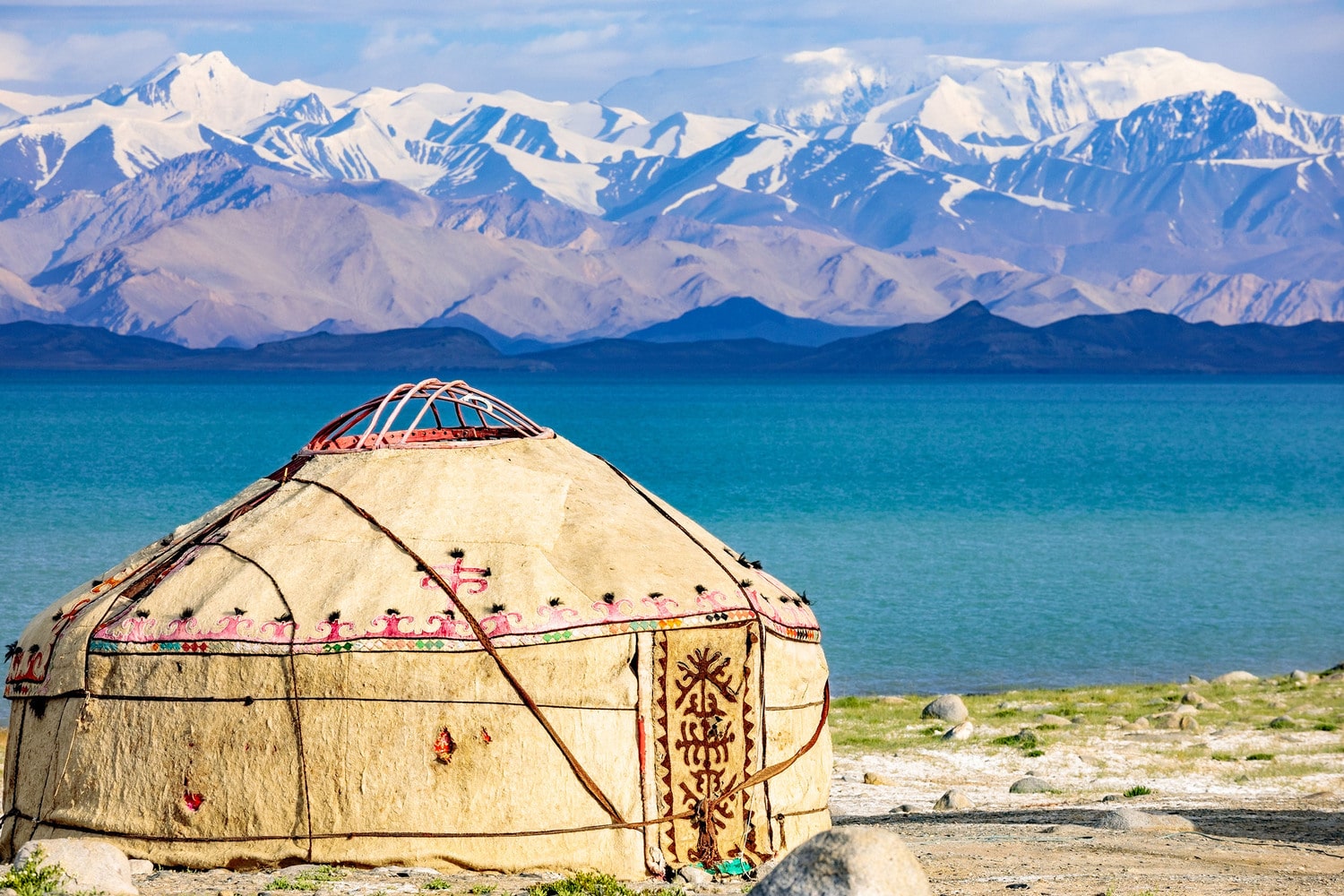Tajikistan is a mountainous country located in the heart of Central Asia, full of fascinating facts and unique characteristics. Despite its relatively small size, this nation boasts a rich historical legacy, distinctive cultural traditions, and breathtaking natural beauty. Rarely in the spotlight of global media, Tajikistan holds deep roots of ancient civilizations and a truly remarkable eastern atmosphere. These interesting facts about Tajikistan provide a better understanding of its geography, people, and traditions. Below are facts you may not know, but which will introduce you to a completely different perspective on this diverse country.
- Over 90 percent of Tajikistan’s territory is covered by mountains, making it one of the most mountainous countries in the world. The Pamir Mountains, located here, are considered some of the highest and oldest ranges on Earth. The country is home to more than a thousand glaciers, including the Fedchenko Glacier, the largest non-polar glacier in the world.
- The capital city, Dushanbe, translates as “Monday,” because it originally hosted a weekly market held on Mondays. Over time, a settlement grew around this market, eventually becoming the nation’s main city. Today, Dushanbe serves as the administrative, cultural, and educational center of Tajikistan.
- Tajikistan has ancient ties to Persian civilization, and the Tajik language is a variety of Persian. Unlike Iranians, Tajiks use the Cyrillic alphabet, giving their writing system a unique appearance. This linguistic connection links Tajiks to the centuries-old cultural heritage of Iran.
- The national hero of Tajikistan is Ismail Samani, ruler of the Samanid dynasty who unified the Tajik lands in the 9th century. The highest mountain in the country is named after him — Ismail Samani Peak, which rises to over 7,495 meters. This peak was previously known as Peak Communism until 1998.
- Tajikistan preserves valuable archaeological sites, including the ancient city of Panjakent, often called the Pompeii of Central Asia. The city was destroyed by Arabs in the 8th century, but archaeologists uncovered magnificent frescoes, ceramics, and building remains. Panjakent is considered one of the region’s most important cultural landmarks.
- One of the deepest mountain lakes in the world — Sarez Lake — is located in Tajikistan and was formed by an earthquake in 1911. It lies at an altitude of over 3,200 meters and reaches a depth of nearly 500 meters. Due to the risk of the natural dam breaking, the lake is considered a potential ecological threat.
- Tajik national cuisine is rich in rice, meat, and dairy-based dishes. One of the most popular meals is osh (pilaf), typically prepared in large cauldrons over open fires. Tea plays a central role in traditional meals and is often served in small bowls with sweets or dried fruits.
- Tajikistan is a major producer of cotton, which is one of the country’s key export commodities. A large portion of the rural population works in agriculture. In addition to cotton, Tajikistan grows a variety of fruits, including apricots, grapes, and pomegranates.
- Traditional crafts such as embroidery, wood carving, and carpet weaving are widespread and culturally significant. Tajik embroidery is known for its vivid colors and geometric patterns that carry symbolic meaning. These crafts are passed down through generations, particularly among women.
- One of the world’s largest hydroelectric power plants — the Nurek Hydroelectric Station — is located in Tajikistan. Built on the Vakhsh River, its dam exceeds 300 meters in height and was once the tallest dam in the world. This power station generates more than 90 percent of the country’s electricity.
- Traditional Tajik clothing is adorned with detailed embroidery and colorful patterns. Men often wear round embroidered caps called tubeteikas, while women wear bright dresses and headscarves. These garments are worn not only in rural areas but also during festivals and formal events in cities.
- The musical genre known as shashmaqom holds a special place in Tajik culture and features multi-voice choral singing. It is recognized by UNESCO as part of the Intangible Cultural Heritage of Humanity. Shashmaqom blends poetry, spiritual themes, and complex musical structures.
- Much of Tajikistan’s territory lies in a highly seismic zone. Throughout history, the country has experienced devastating earthquakes that reshaped cities and landscapes. Modern architecture and engineering take these seismic risks into account in construction design.
- Tajikistan borders four countries: Uzbekistan, Kyrgyzstan, China, and Afghanistan. Its border with China passes through remote mountainous areas that are difficult to access but rich in biodiversity. Many of these regions remain untouched, preserving rare plant and animal species.
- The country still uses ancient irrigation systems that have been functioning for centuries. These rely on networks of open canals and underground aqueducts, enabling agriculture in arid areas. They represent examples of traditional engineering adapted to harsh natural conditions.
These interesting facts about Tajikistan show how extraordinary and diverse a country can be, even when it rarely makes headlines. From ancient cities to high-altitude lakes, from crafts to unique music, all of this forms a colorful mosaic of Tajik culture. Discovering such fascinating facts expands our worldview and helps us appreciate the richness of global diversity. Tajikistan is truly a country worthy of exploration and admiration.





